The Practicalities of Walking Away from the UNFCCC
Kya Lal | November 11, 2016.
A year before the 2016 US elections, the world gathered in Paris, for COP21. The aim was to set tangible and binding targets for the world to collectively fight climate change. Yet, the hallways of Le Bourgét were haunted by the ghosts of Copenhagen and with them the memories of negotiation failure and collapse.
This anxiety was further compounded by the looming US elections, no matter the outcome it would have ripple effects on the negotiations, as felt here in Marrakech this Wednesday. This was compounded by the historical failure of the US to ratify the Kyoto Agreement. This contentions history was a key driving force for many stakeholders to ensure that what would eventually become the Paris Agreement would be a document that the US would and could in fact ratify.
These concerns were finally assuaged on the 4 November when the hard-fought Paris Agreement entered into force. In a historic and unexpected turn of events the Agreement came into effect early, with many having expected its entry closer to 2020.
Currently over 100 countries, including the US and China, have ratified the Agreement accounting for more than 70 per cent of world emissions. In accordance with international law, the entry into force means that it is legally binding on all states who have ratified the Paris Agreement.
Undoubtedly the Agreement’s prompt entry into force has been a catalyst, encouraging countries yet to do so, to sign on. A significant reason for many nations to ratify at this point, is the fear that they could be left out of the post-2020 climate regime. In recent days’ nations such as Australia, Japan and Pakistan have been racing to ratify, in spite of many pundits positing its early death at the hands of the American election results.
Since nomination of US president-elect Donald Trump, questions have been increasingly raised over what would happen if any states, and America in particular, were to withdraw from the Paris Agreement? The reality is, while Trump may now be one of the most powerful men in the world, even he can’t single-handedly dismantle the international legal system. This brings his so-called ability to “cancel the Paris Agreement”, into question.
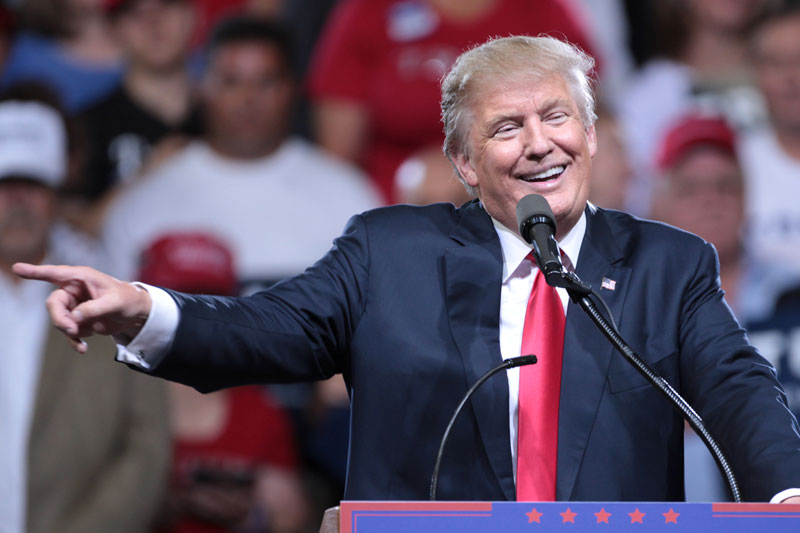
Cancel the Paris Agreement
During his campaign Trump frequently railed against international organisations, questioned the existence of climate change and threatened to “cancel the Paris Agreement” within his first 100 days in office.
It would be easy to pigeonhole Trump another climate change denier, however, his actual stance on climate change is yet to be seen. Throughout his campaign, and the last decade, Trump has firmly flip-flopped on the issue of climate change.
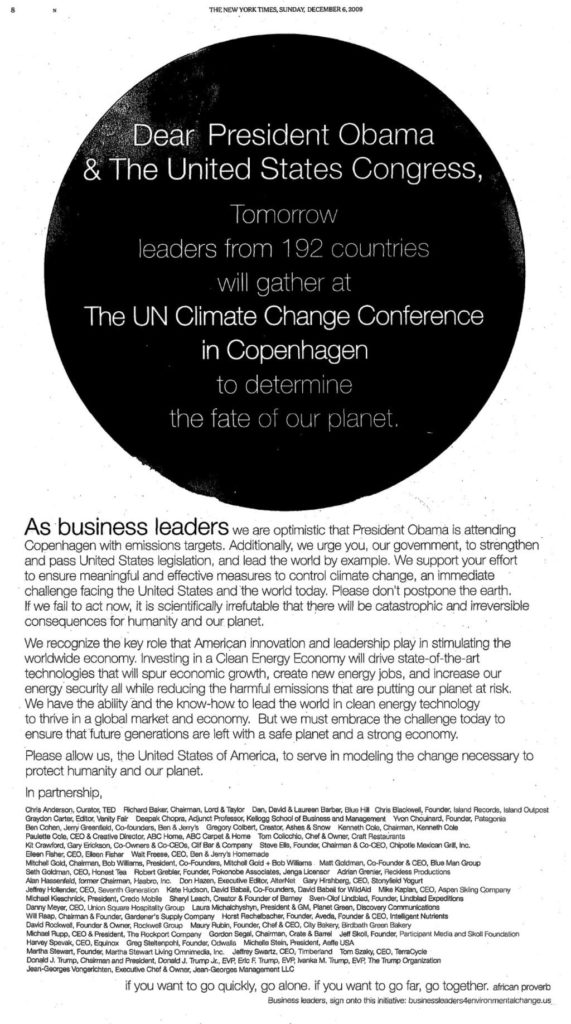
In 2009 in the lead up to COP15 in Copenhagen, Trump was part of part of a collective of business leaders that publicly pushed President Barack Obama to ensure America led on climate change issues and control devastating climate impacts. A collective that also included his children Eric and Ivanka Trump. More recently, Trump has publicly disparaged climate change and calling the Paris’s outcome a hoax and denying it’s existence.
Trump’s business holdings have included documentation on climate impacts of his assets though including an Irish golf course. Given his erratic politics, it is difficult to predict who Trump will be in office. However, as a businessman, we know that he will do whatever is necessary to shore up his bottom-line, whether it’s a fiscal one, or ensuring he made it over the presidential line.
Trump will do whatever and say whatever is necessary to whoever is necessary in order to get what he wants.
Article 28: Securing the Safety of the Paris Agreement
Even this take no prisoners attitude cannot kill the Paris Agreement. As of September, Obama ratified the Agreement on behalf on the US. America is now legally bound by all provisions in its text including Article 28. Little known but significant Article 28 of the Paris Agreement establishes the process for parties to withdraw, a process which all signatories are bound to follow.
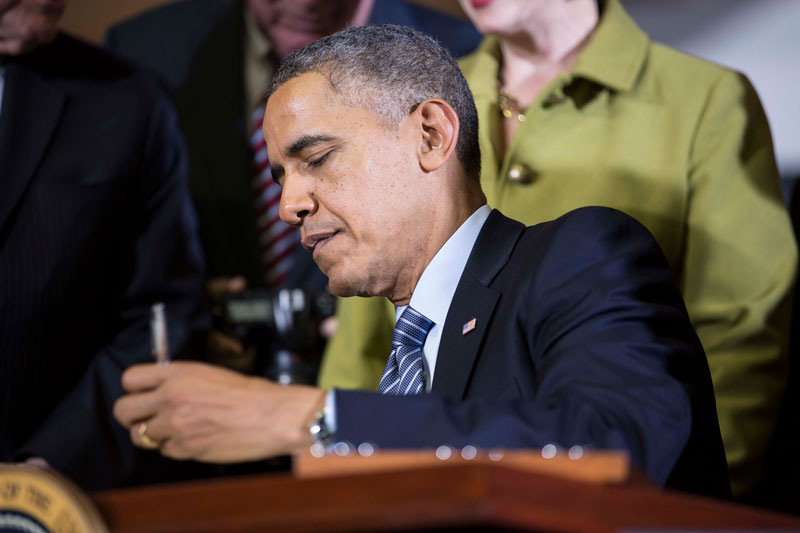
Under Article 28(1) a party to the Agreement can’t withdraw from it, for at least three years. This means the earliest a country could withdraw would be by November 2019. However, this withdrawal is qualified by Article 28(2), which states that once a country has given notice of it’s intent to withdraw from the Paris Agreement and its withdrawal has been approved, there will be an additional 12-month period on top of the three years before the withdrawal would come into effect, bringing us to 2020 and the next American elections.
Legally Trump can in no way ‘cancel’ the Paris Agreement in his first 100 days in office, let alone in his first term.
With limited options, the Trump administration would have to think well outside of the box in order to make good on his most public climate promise. One distinctly unsettling remaining option is for the US to withdraw from the United Nations Framework Convention on Climate Change, altogether. The US became a party to the convention under the presidency of George Bush Senior. This scenario isn’t purely hypothetical, under Article 28(3) of the Paris Agreement it states that any party that withdraws from the UNFCCC is also considered as having withdrawn from the Paris Agreement as well.
America’s ripple effect
Given the complexities involved with withdrawing from the Paris Agreement, the question of how will America’s action influence the Paris Agreement as a whole remains. Not at all, legally.
The withdrawal of America would not affect the Paris Agreement’s legal status.
Now that the Agreement is in force, having met the necessary thresholds the bigger concern would be if other countries followed suit, notably large emitters such as China and India. International pressure to act on climate change and with an ever increasing number of ratifying countries, this would be unlikely though.
America’s actions on climate change in the coming months and years are yet to be seen. Some argue his election of a climate denialist to head the US EPA is a sure sign that he is set to begin dismantling the Paris Agreement.
But are we getting to ahead of ourselves here? Is climate change even on Trump’s radar, let alone high on his to-do list? With a debt crisis, simmering racial tensions and Islamic State, climate change is unlikely to be an issue with an imminent bullseye on its back. More importantly, the facts that led to the creation of Paris remain. Any eventual withdrawal or inaction will only lead the US being left behind in the global transition to a clean economy.
With editing from Andrés Fuentes.






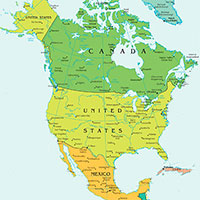


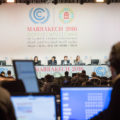



comment